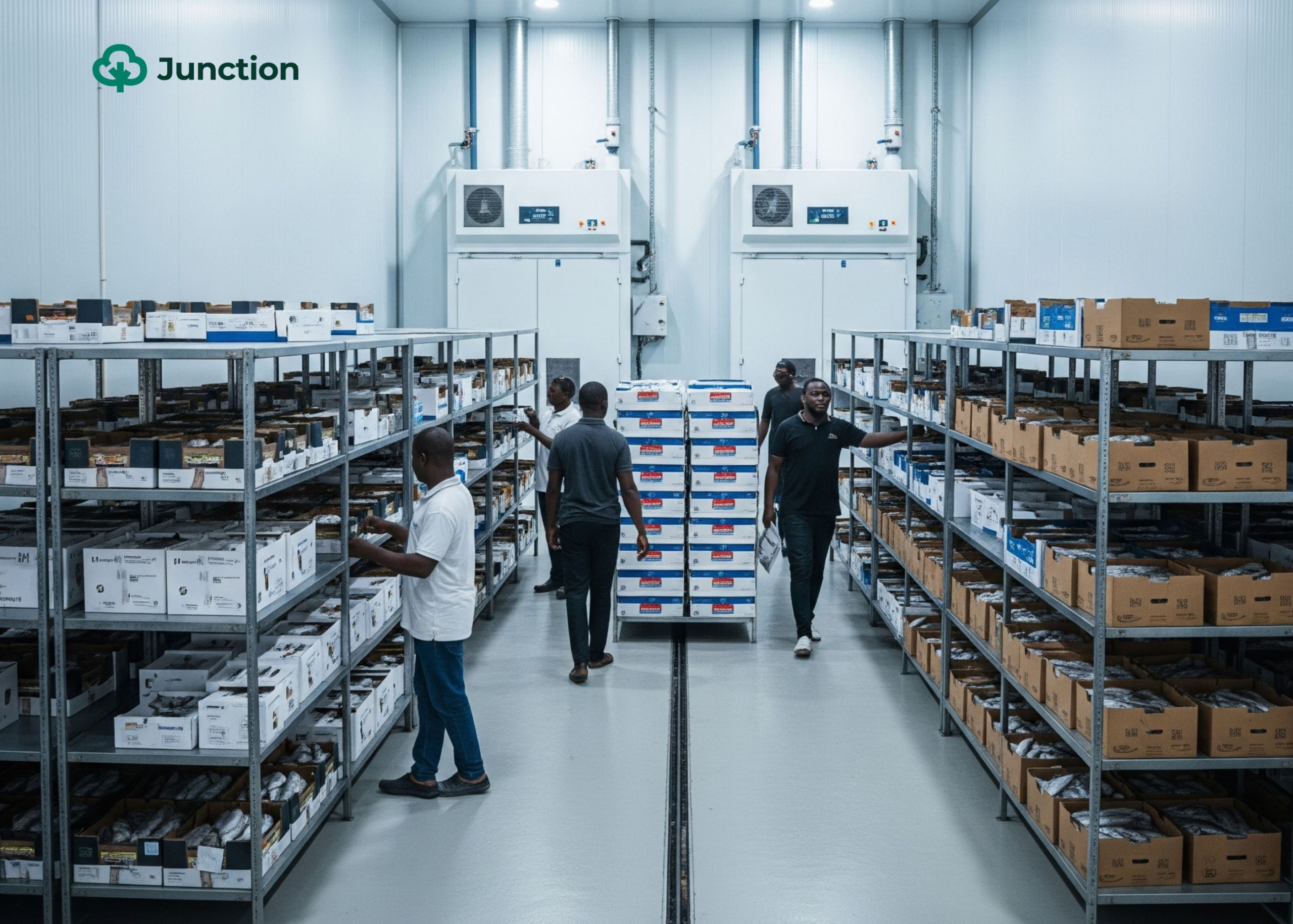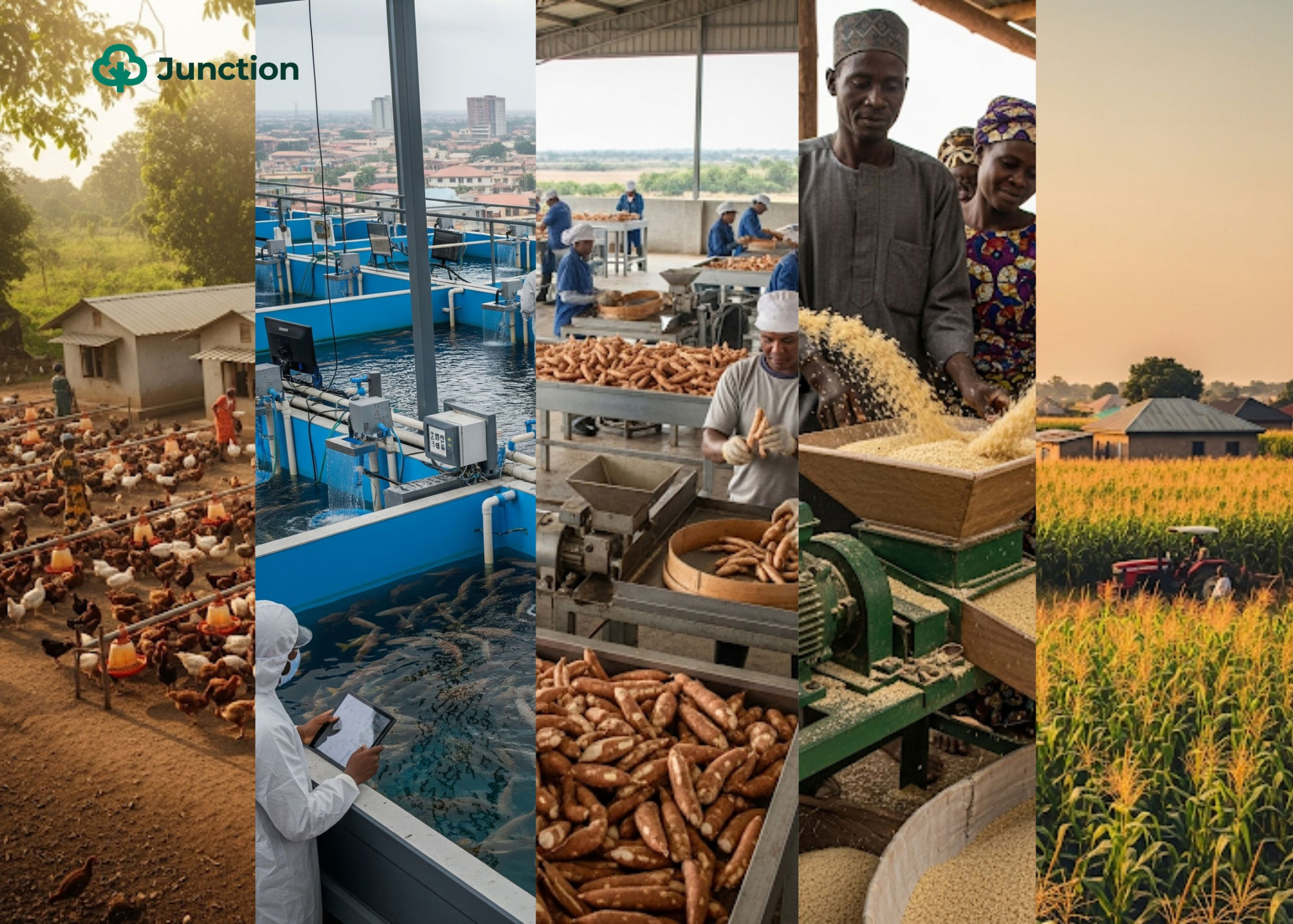Questions answered in this article:
– What are the different kinds of costs that can impact the profitability of a catfish business in Nigeria?
– How do variable costs impact the profitability of a catfish venture and how best can you mitigate its fluctuations?
As the cost of doing business in Nigeria continues to increase due to a myriad of structural issues (e.g. epileptic power supply, persistent insecurity etc) and external challenges like rising global oil prices, business owners are forced to respond by increasing prices, inadvertently contributing to the overall inflation.Â
This explains why Nigerians are witnessing unprecedented levels of consumer items, especially food. According to Nigeriaâs statistical office, in 2023, food inflation has soared to 31.52% in October 2023, a significant increase from 23.72% in October 2022. The cost of conducting their business grows exponentially for catfish farmers because variable costs contribute over 73% to their production cost. While fixed costs for things like land (lease or purchase), water pump, borehole, fence, and pond construction may no longer be an issue for farmers already involved in the business, they have several other expenses affected by the countryâs economic trends.
First, you need to understand the type of costs that go into catfish farming in Nigeria. At the most basic level, they can be broken down into variable costs (which this article focuses on), fixed costs, and depreciation costs.

Variable costs comprise the bulk of production costs because they are the portion of your capital you spend on inputs. From juvenile fish stock to feed, maintenance, transportation and medication, they play a key role in how smoothly your operation will run and the eventual profitability of the venture.
Meanwhile, fixed costs are spent on things that will only require maintenance as you continue running the business. They include land acquisition costs, pond construction, water pump acquisition, generator, and so on. These expenses can be as high as 30% of the initial start-up capital, but they should not recur if well planned.Â
Depreciation cost is the third category of production cost that a catfish farmer has to be aware of and factor into their calculations. Consulting with experts in the field will let you know what to account for during this planning stage. Depreciation is usually a result of wear and tear, obsolescence, or other factors. In catfish, it applies to long-term assets such as ponds, equipment, vehicles, and infrastructure.
5 key variable costs impacting your catfish business
1. Feed:
As we alluded to at the beginning of the article, the cost of catfish feed is quite volatile, and it is responsible for about 60% of the entire cost of production for new farmers and 79% for existing farmers. In fact, the increasing cost of feeding livestock is the biggest risk that the sub-sector faces. For example, hundreds of poultry farmers abandoned the venture in 2023 because of the high feed price, caused by maize grain inflation in Nigeria. While the catfish industry has not gotten to a similar state of hopelessness, catfish feed has also risen. A market survey in October 2023 showed that one 15kg bag of feed cost about  â¦16,500 while it was â¦6,500 two years earlier, showing a spike of over 153%.
Feed is the single most significant cost of production for catfish farmers, and it is important to get the best quality at the best price to avoid incurring more expenses than budgeted. Another way to not spend more than necessary on feed is to harvest products when they reach the desired weight. Otherwise, you will be feeding fish out of your profit. So, even if the demand for fresh fish is insufficient to sell all ready-for-market products, you can process and package them.
2. Labour:
Labour is the second largest variable cost of production and accounts for nearly 5% of the total expenses that new farmers incur. From attendants to general farm services, the size of your project will determine how many hands you need. Typically, catfish operations require an owner, a farm manager and an attendant. Intensive catfish farms targeting the production of about 4,000 fish may need three to four hands. Ensure that you hire help for services essential to your venture and skilled to perform their tasks. One characteristic of cheaper labour is that it may require more numbers to fill one role and micromanagement. With the cost of living in Nigeria rising, it is expected that the cost of labour will also rise as people try to keep their heads above water.
3. Juvenile fish:

The building block of a catfish venture is the juvenile fish, which you will raise into table-ready products. However, the cost of this is also quite volatile. One recent example was when the Catfish and Allied Fish Farmers Association of Nigeria (CAFFAN) announced new prices in September 2023. The body had explained that the price updates attempted to match economic realities. The price updates also affected fingerlings, increasing their cost by about 33% from two years prior.
4. Electricity:
Catfish farming requires a regular supply of electricity via the grid or fuel or premium motor spirit (PMS)-generatorsâ of which both energy sources have also witnessed price hikes recently. Amid the epileptic and unreliable electricity distribution in the country, the bill keeps surging. Several times a year, there are reports of nationwide blackouts and collapse of the national grid. Thus, farmers must provide electricity to pump and power other equipment. However, with the price of PMS also climbing steadily, production cost can take an unexpected turn. For example, Tinubuâs announcement of the end of fuel subsidy sent prices northward of 230%! The only positive here is that you can keep the contribution of your electricity expenses to the total variable cost as low as 3% by ensuring that it is strictly for pumping water. Experts advise that fuel usage should not exceed 10 liters per week to achieve this low cost.
5. Security:
Calculated in man hours, one will also need to consider the cost of protecting their investment. This is another expense in your production that is not fixed. The cost of hiring security personnel will also reflect the cost of living and will likely continue to inch higher. If you only need to guard the premises during the night, you may spend less than when you need someone to protect it for a longer duration. To make the right decision, The Junctionâs One Pager Business Plan suggests that 2% of your variable cost should go into security and not more.
In conclusion, managing variable costs determines the profitability and sustainability of your catfish business. The best way to do this is to closely monitor and strategically address factors such as feed expenses, energy costs, labour, disease control, market fluctuations, and more to make informed decisions to optimise your operations. Also, regularly review your business strategy, explore cost-saving technologies, and stay informed about market trends to stay competitive. Remember, a well-managed catfish business thrives financially and contributes to the aquaculture industry’s overall growth and resilience. You need to stay vigilant and adapt quickly to changes to secure a prosperous future for your venture.



